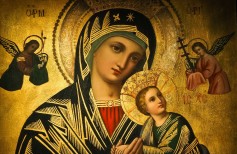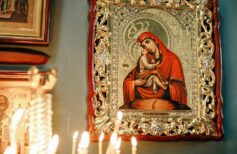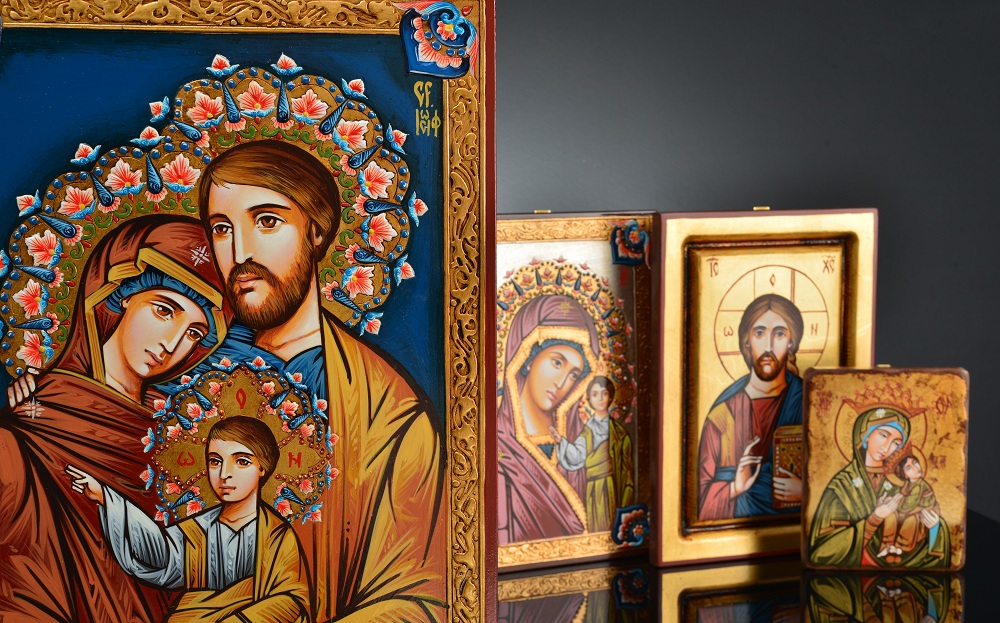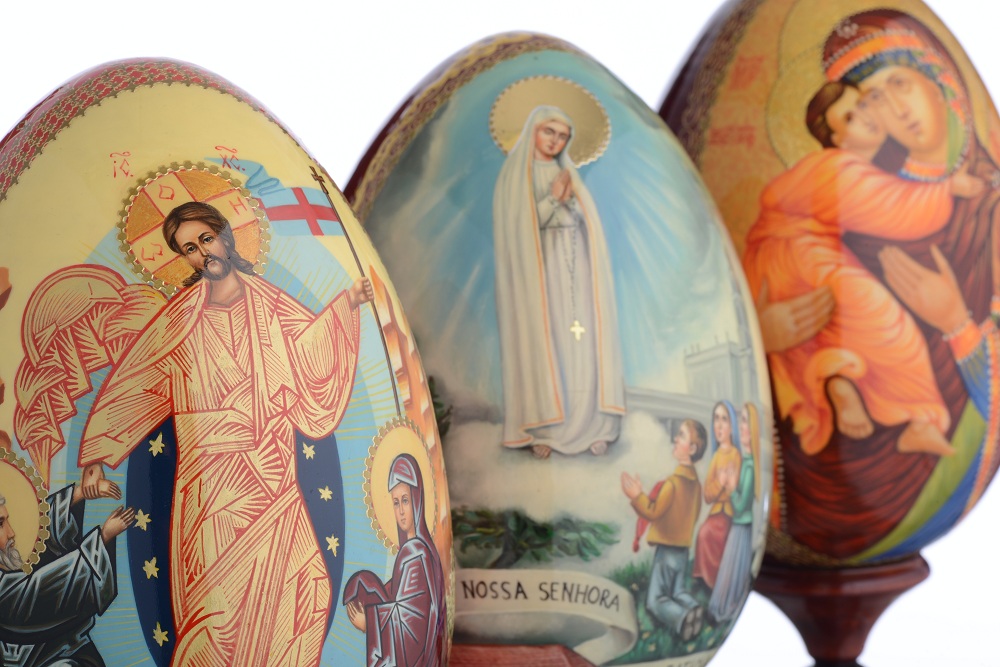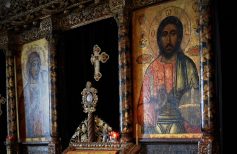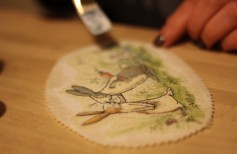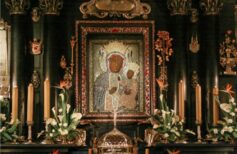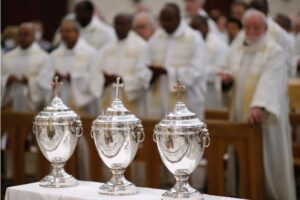The term ‘icon’ describes a sacred painting depicted on board. Actually, the word could be used for any image, regardless of materials and techniques that were used. But generally speaking, works on board produced in the Byzantine and Slavic cultures fall into this definition. The word ‘icon’ comes from the Russian “икона”, which in turn comes from the ancient Greek εἰκών -όνος, from the verb eikénai, which means ‘to like’, ‘to appear’. Another origin is from the Greek-Byzantine word eikón, which can be translated as ‘image’.
The icons are works that transcend their material and the deep symbolism they present. Every detail, even the most insignificant, expresses a concept and alludes to a superior meaning, a precious reference to an evangelical episode, or a spiritual message. The creator of the icon is more a writer than a painter, with a theological mission rather than an artistic one.
The rules that define the icons can be found in special manuals, called hermeneia, which the iconographer must observe strictly. Among the many traditional types of icons, those in Greek-Byzantine style are certainly the most fascinating.
These icons are often painted on both sides, or diptychs or triptychs that can be easily transported. Greek icons are related to some recurring subjects, and are characterized by common elements.
Icons of the Holy Mother of God, dedicated to the widespread love in the Byzantine world for the Mother of God (Yperaghia Theotkos); in this works the Virgin is usually represented as Mother, with the Son in her arms, wearing a a tunic and a mantle decorated with three stars that symbolize her everlasting virgin.
Icons of Saint Savior, where Jesus is represented half bust and with a book in his left hand, in the act of blessing with his right hand. He wears a dark tunic that recalls his earthly nature, while the blue mantle symbolizes his divine nature.
Melchite icons, Middle Eastern icons depicting Christ, angels and saints with Arab textures.
Moving Holiday icons, for celebrations that do not occur on a fixed calendar date but are linked to the Easter cycle. They are usually dedicated to the Passion, Death and Resurrection of Christ
Fixed Holiday icons, for celebrations fixed in the liturgical calendar.


